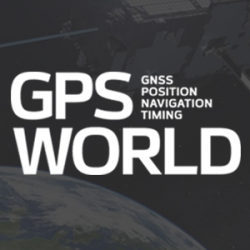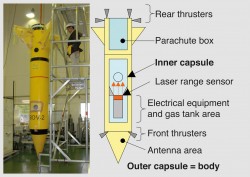
QZS-2 signal analysis, QZS-3 launched
August 23, 2017
This month we bring you a guest column by Steffen Thoelert, André Hauschild, Peter Steigenberger and Oliver Montenbruck […]
Read More

This month we bring you a guest column by Steffen Thoelert, André Hauschild, Peter Steigenberger and Oliver Montenbruck […]

Mitsubishi Heavy Industries Ltd. and the Japan Aerospace Exploration Agency (JAXA) successfully launched a second navigation satellite on […]

The Replicator by IP Solutions is a multi-frequency, multi-system GNSS simulator for advanced research and development, equipment testing […]

In May 2011, Dinesh Manandhar and Hideyuki Torimoto of GNSS Technologies, Inc., Japan, penned a very interesting article in GPS […]

A dramatic increase over the next five years to roughly 100 GNSS satellites in the skies over Asia and Oceania makes that region the fastest growing area in GNSS. The Multi-GNSS Asia (MGA) initiative, a cooperative international demonstration campaign, seeks to take full advantage of this scientific and technical windfall, gaining early experience with the new signals and services of multi-constellation GNSS.

Experimenting with GPS on Board High-Altitude BalloonsIn this month’s column, we look at how a team of Dutch and Japanese researchers is using GPS to determine the attitude of a payload launched from a high-altitude balloon.

The Japan Aerospace Exploration Agency (JAXA) has controlled the orbit of the first quasi-zenith satellite system (QZSS) satellite, Michibiki. JAXA inserted Michibiki into the quasi-zenith orbit from the drift orbit starting on September 21 (Japan Standard Time, JST). The final orbit control operation was performed for about 50 seconds from 6:28 a.m. on September 27 (JST).
Follow Us